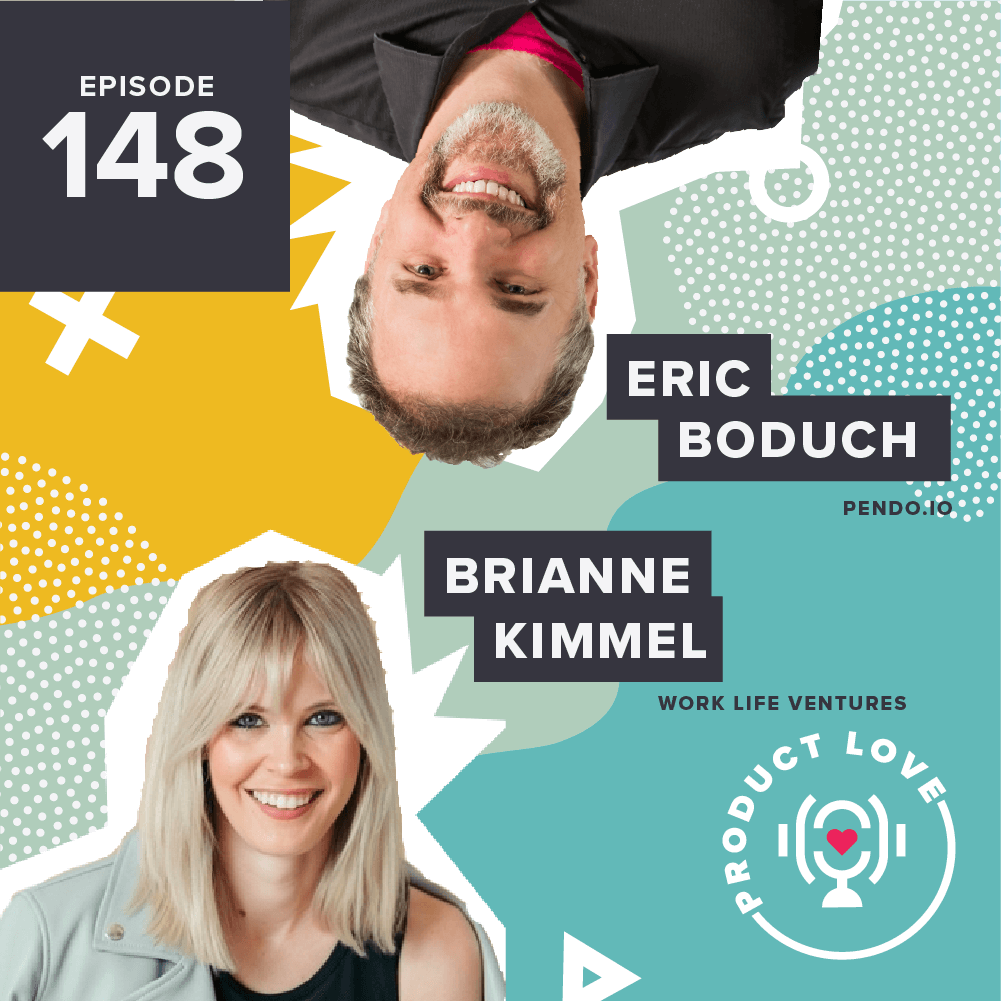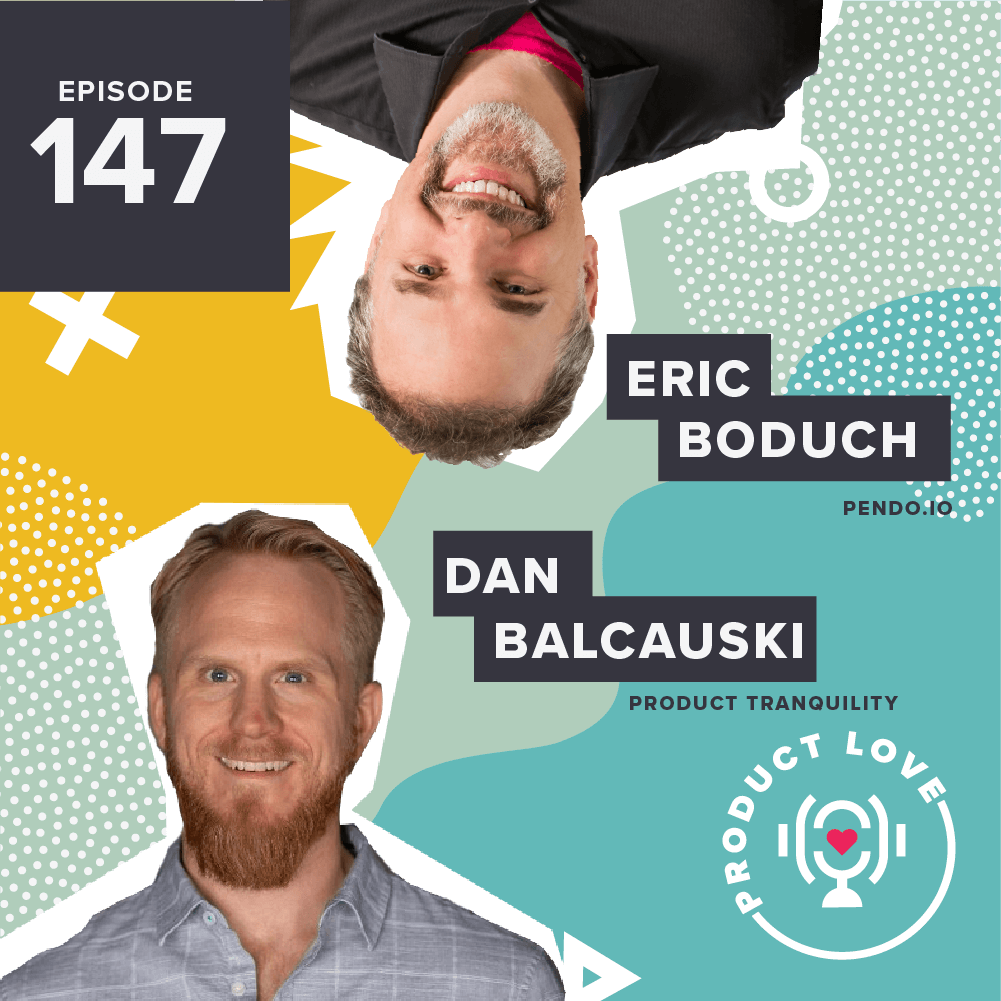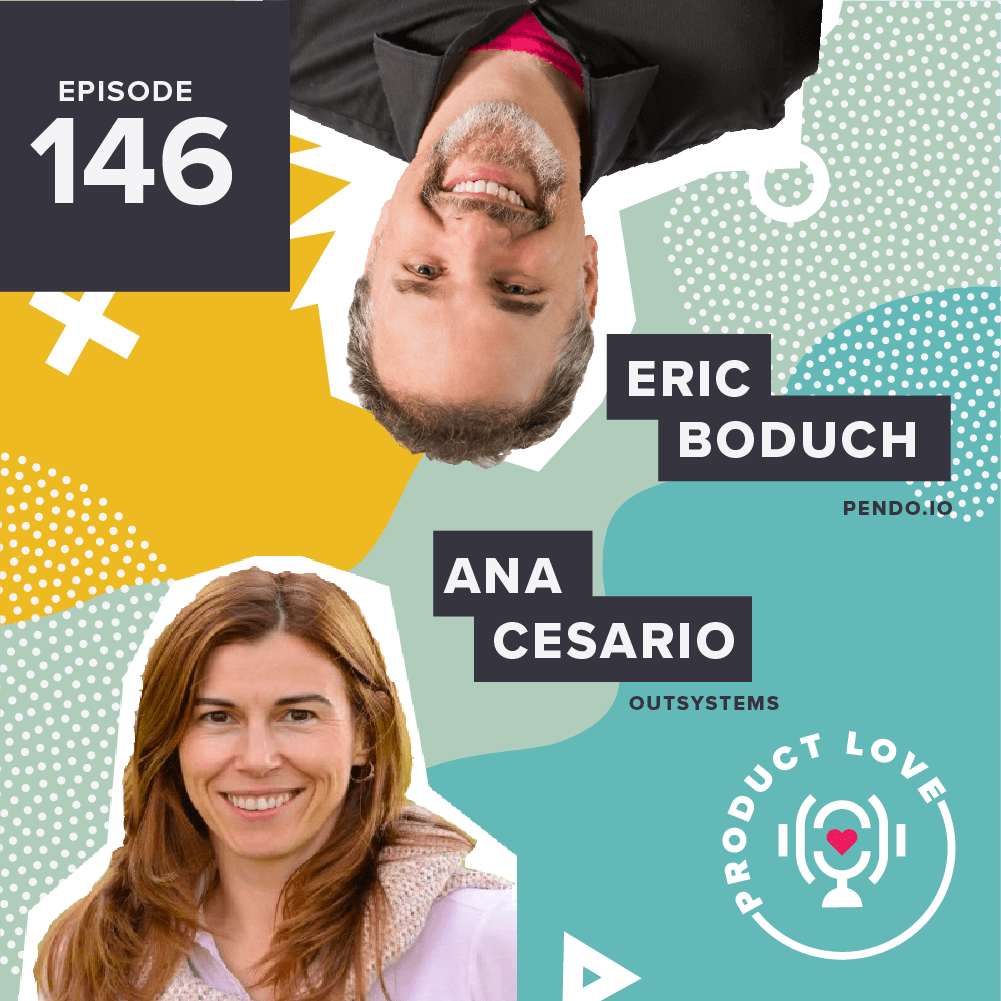This week on Product Love I sat down with Bob Moesta, the founder and CEO of The Re-Wired Group.
Bob Moesta has worked with many influential folks, including Harvard Business Professor Clay Christensen, and famous engineer Dr. Genichi Taguchi. Bob was guided and shaped by their styles, which led him to be one of the most innovative product leaders we have today. He is credited as one of the principal architects of the Jobs-To-Be-Done framework – the very framework that has helped him launch thousands of products, as well as put him on track to start his sixth startup.
In this week’s episode, we discuss JBTD, digging deep with customers, and skills that innovators must have.
What is Jobs-To-Be-Done?
Would you hire a milkshake?
It’s a silly question, but it’s one of the best examples of the Jobs-To-Be-Done framework, which helps make innovation more predictable and successful. We don’t typically think about hiring food to fulfill a function, but that’s what we’re doing.
In an example popularized by Clay Christensen, we don’t always buy a milkshake because we’re specifically craving milkshakes. Researchers found that milkshakes were most frequently purchased in the morning because they fulfilled a need for those morning buyers. The milkshake took enough time to drink in the morning but kept people adequately full until lunchtime. They hired the milkshake to achieve those two functions for them. That was the job that needed to be done. Now, think about what is job people are “hiring” your product to do.
People don’t buy flowers for others, they’re buying smiles and appreciation. Your product isn’t just selling X, Y, and Z fancy features, you’re selling your product’s promise.
Digging Deep with Customers
When it comes to talking to customers, don’t be afraid to ask questions that might have obvious answers. Most customer interviews are completed in 15 minutes, whereas for Bob, the average interview takes about 40 to 45 minutes because he focuses on digging past the surface. But time isn’t everything, another problem Bob points out is that PMs often focus too much on the product.
Instead, he suggests that you center your conversation around why your customers like their features. He brings up Fitbit as an example; when asking why users enjoy the product, he was met with vague answers such as: “It’s just comfortable,” which led him to ask them to explain what’s considered uncomfortable. While they can’t articulate what comfortable means, they have plenty of ways to tell you what uncomfortable is. He likens the interrogation to almost playing dumb so customers are compelled to explain what they value and what brings them delight.
5 Skills that Innovators Have
Bob has worked on over 3500 different kinds of innovations for almost 30 years, so he’s met all sorts of people. The people who have been high-achievers, the top 5% he’d say, are innovators. They all have these underlying skills that they’ve fostered over time. The first skill is perspective.
A really good innovator understands how to see through time, see back in time, and play the role of different people who are going to be part of interacting with the product. Their ability to have perspective enables them to become more empathetic and see when opportunities arise.
Another skill is how innovators are able to understand customer experiences and how they value things. Their ability to visualize the microseconds of experiences and the smallest notions that customers might have on their journey is what helps innovators succeed. True innovators understand how critical it is for experiences to be designed in a way that delivers on the job.


